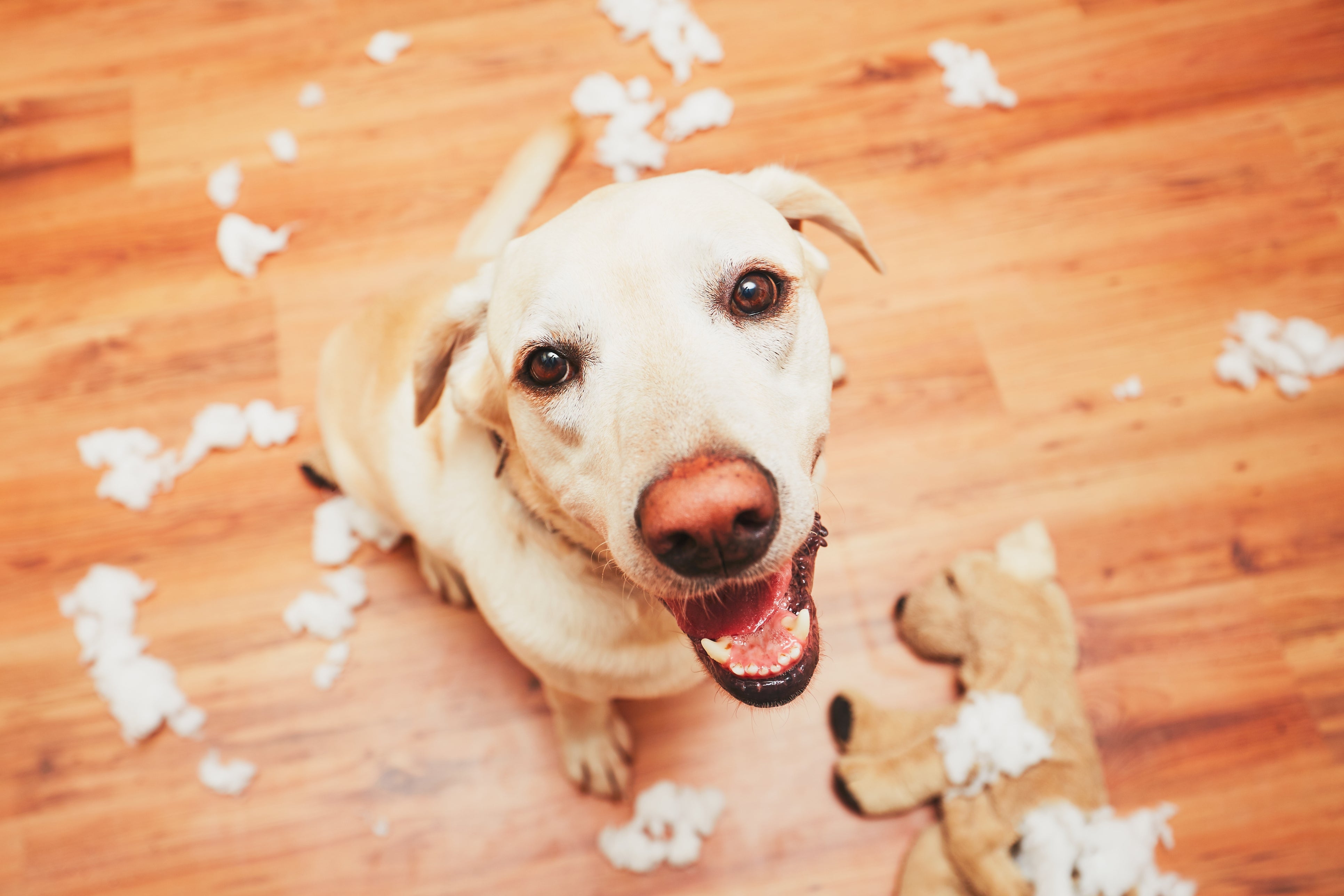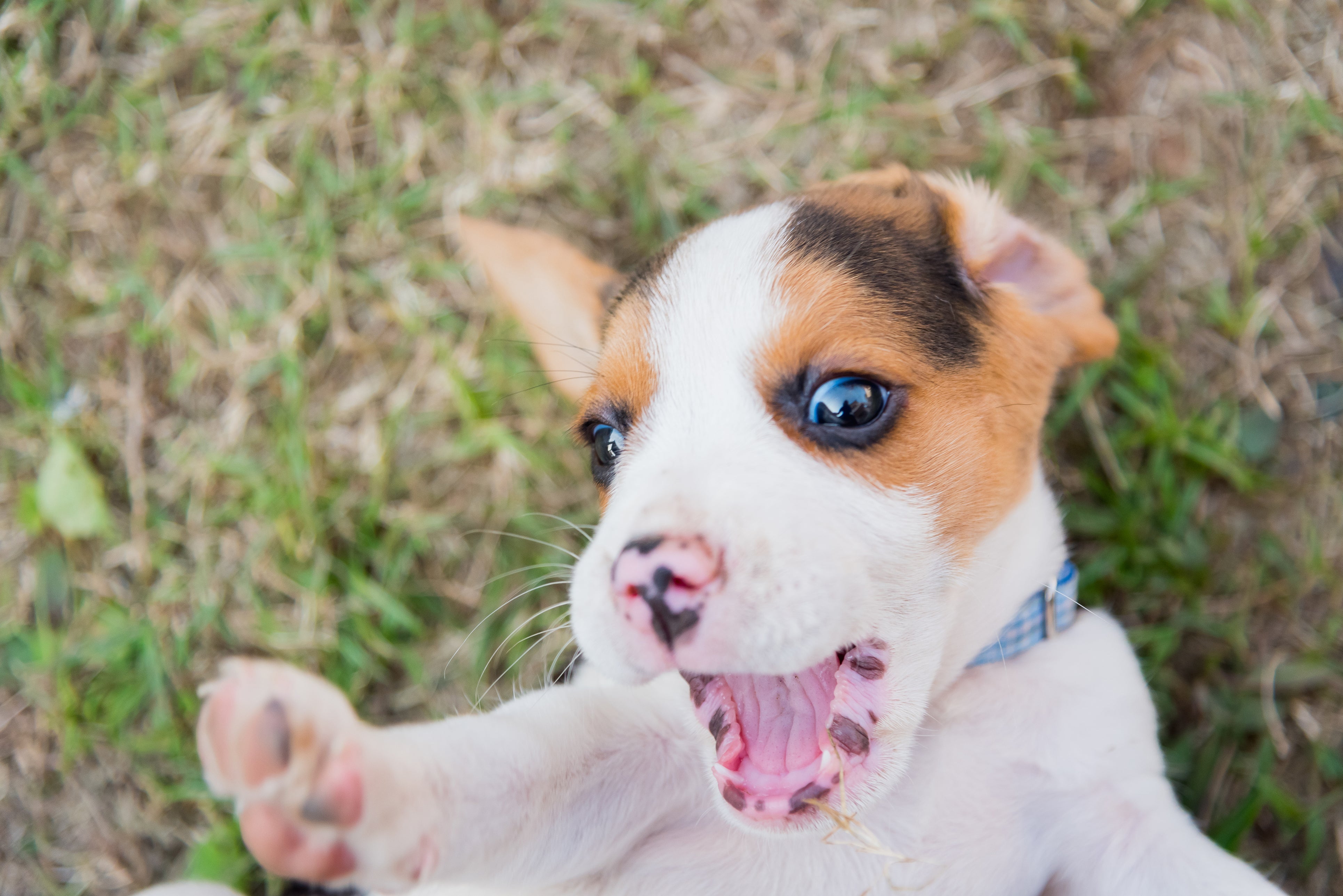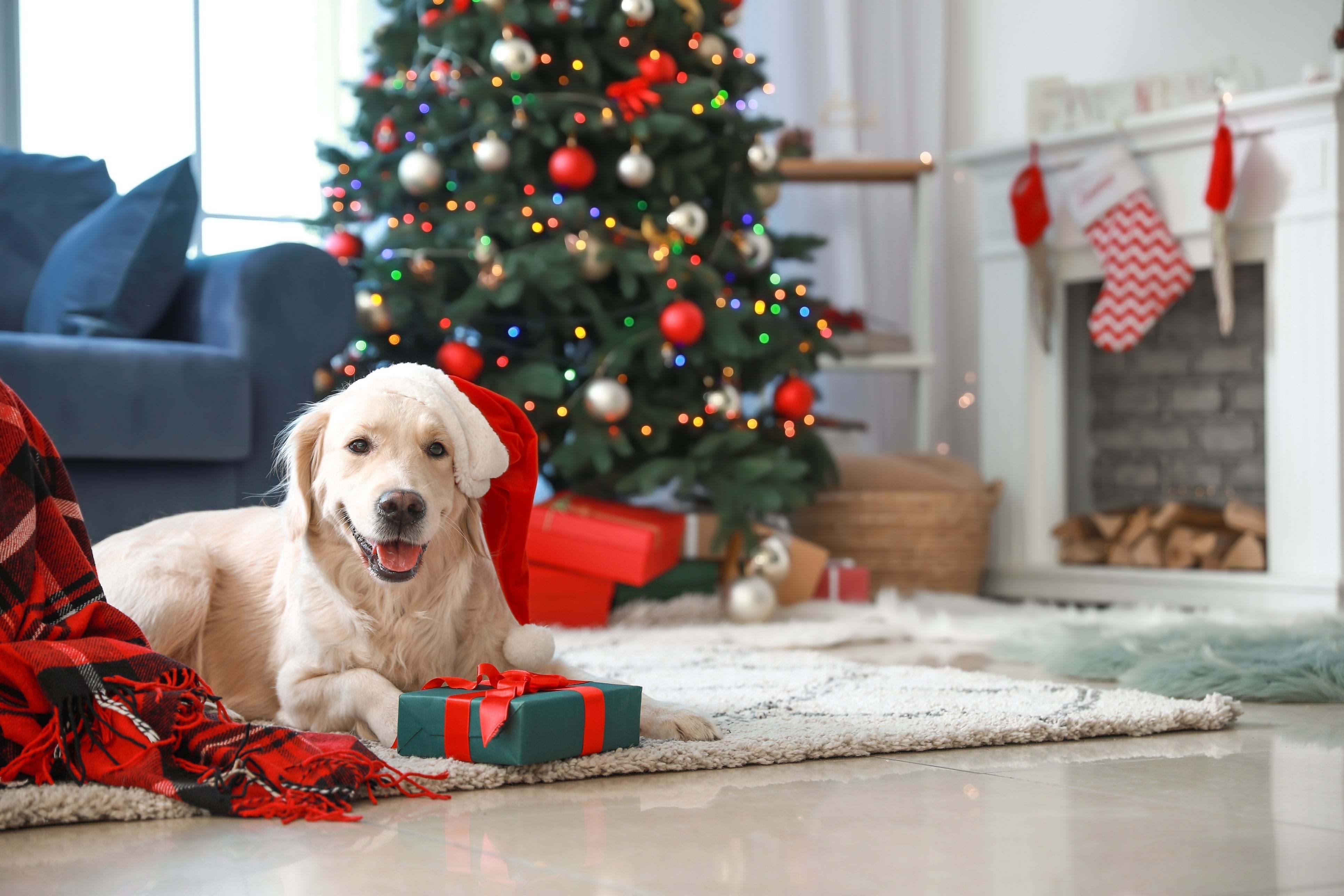The Ultimate Guide to Dog Playpen Safety for Senior Dogs
August, 21, 2024 Posted by FXW Life

1. Introduction to Dog Playpen Safety for Senior Dogs
Why Consider a Playpen for Senior Dogs?
A playpen for senior dogs is a controlled and safe environment to safeguard them from potential risks like stairs or other pets.
In old dogs, it is a safe space where they can enjoy themselves without being hurt, thereby preventing injuries because of its importance in their well-being.
The Importance of Safety in Senior Dog Playpens
Older dogs are at risk from falls as they have reduced senses including hearing, mobility or sight. To avoid accidents, ensure that the playpen does not have any sharp edges or small parts but rather should be firm enough.
A safe playpen is one in which older dogs can move around and rest without fear of stumbling down or getting injured.

How Playpens Can Enhance the Quality of Life for Older Dogs
For example, a playpen may offer older dogs the chance to socialize and exercise while ensuring their safety at all times.
These animals would also benefit from an environment that reduces anxiety and protects them from household hazards.
They allow elderly dogs to feel comfortable in their own homes, promoting security and contentment throughout their daily lives.
2. Understanding the Needs of Senior Dogs
Physical Changes in Senior Dogs
Joint pain, arthritis, and reduced mobility are some of the physical changes experienced by aged dogs making their day-to-day activities hard.
Along with this comes reduced vision as well as impaired hearing thus posing danger on their path through life.
To provide a safe and supportive environment for senior dogs, it is important to understand these physical changes.

Behavioral Changes in Senior Dogs
Changes in behavior can occur as dogs grow older, including increased anxiety, stress and altered sleeping patterns.
At the same time, senior dogs may have lower energy levels and may lose interest in their favourite hobbies.
This means that any form of behavior change has to be well acknowledged so that ones get appropriate care and correct surroundings for them to enjoy their old age.
3. Choosing the Right Playpen for Senior Dogs
Size and Space Requirements
When you are selecting a playpen for old dogs, you must consider the size as well as space critically.
It should have enough room where a dog can move comfortably with proper height and barriers preventing them from getting out.
Mobility will be maintained when there is no confinement within the playpen while on the other hand providing a safe place where such a dog feels secure and not tense.

Material and Build Quality
For senior dogs, material composition and quality of construction are very important aspects of any playpen used by them.
Playpens made from safe materials that do not harm the pets’ health should be selected carefully. Apart from this, durability will ensure longer use of this facility which remains stable at all times.
A well-built playpen guarantees long-term serviceability for an ageing dog.
Accessibility Features
The choice of low entry points or easy access gates ensures accessibility for old dogs in a kennel pen.
Non-slippery surfaces inside the pen can prevent falls when dogs have joint problems or mobility issues.
The older dogs can enter, exit and move safely inside the playpen.
4. Setting Up a Safe Playpen Environment
Location Matters
Where the playpen is situated is a significant consideration in ensuring that senior dogs are comfortable and safe.
Placing the playpen in an area where there is less noise and not many people will reduce the chances of being stressed.
By choosing the right place an owner can create a calm, secure space where a dog will rest, relax and feel at home.

Comfortable Flooring Options
Comfortable flooring is important for old dogs in a playpen.
Soft mats and cushions can support joints reducing pain caused by arthritis or other mobility challenges that senior dogs face.
Also, easy-to-clean pads help maintain hygiene, especially for old dogs which might leak urine or feces.
A good choice of flooring increases comfort while helping to keep it clean and safe for the dog.
Essential Accessories
Some other things that should be provided within the playpen include water bowls, food dishes, bedding materials as well as toys since they are all very vital for the comfort and well-being of an elderly dog.
Thus these items bring about hydration, nutrition as well and some mental stimulation hence making the pen into a complete environment (Landsberg et al., 2013).
Everything that the dog needs should be within its reach to make it feel secure.
5. Ensuring Safety Inside the Playpen

Supervision and Monitoring
Safety for older dogs in a playpen relies heavily on regular supervision and monitoring.
This stops accidents from happening and gives remote control devices like baby monitors, or cameras placed at strategic areas.
Consistent supervision guarantees that the dog is relaxed and feels safe in the playpen.
Preventing Escapes
It is important to prevent escapes when using a playpen for senior dogs.
Dog crates can have secure-looking doors with properly placed walls or barriers.
Especially for dogs with mobility impairments, it is critical to ensure that the height and structure of the playpen are sufficient to prevent climbing or jumping out.
Avoiding Hazards
For senior dogs, avoiding hazards inside the playpen is imperative.
Doing this involves removing small objects which could be swallowed or cause injury as well as securing electrical cords and outlets to avoid accidents.
By making it hazardous-free in the pen-keeping area, you create an environment where the dog can move around and play safely.

6. Managing Health and Wellness in the Playpen
Addressing Mobility Issues
To address mobility issues in a senior dog’s playpen, ramps or steps should be provided for easy access allowing them to go through without strain.
The playpen should ensure enough space for movement and gentle exercise
within it to keep the dog physically fit and active, thus making it a conducive place for their welfare.
Monitoring Hydration and Nutrition
For older dogs, there should always be water available inside the playpen.
Drinking fresh water all the time will help to maintain them hydrated which is necessary for their wellbeing.
Other things such as feeding schedules can be considered by placing food dishes within the playpen that are also aimed at meeting its dietary needs without interrupting any of its day-to-day activities.

Maintaining a Clean Environment
Keeping the environment clean within the playpen is vital if old dogs are to remain healthy and comfortable.
Regular cleaning and disinfection prevent bacterial growth as well as bad smell whereas dealing with accidents promptly notably in those with incontinence ensures that this remains a place of hygiene.
A hygienic environment promotes well-being while reducing health hazards.
7. Training and Acclimating Senior Dogs to the Playpen
Gradual Introduction to the Playpen
Thus, it is important to introduce an elderly dog into a playpen gradually so as not to cause anxiety.
Start with short positive experiences in the playpen which could include giving treats or praising them so that they feel at home.
Increasingly spend more time inside the pen when your dog feels safer so that he can easily adapt without being frightened or anxious about its new surroundings.

Building a Routine
Dogs in their old age feel secure and relaxed when they have a regular playpen routine.
There is predictability that comes with consistency in timing and activities that reduces anxiety and makes the dog more accepting of the playpen.
This ensures that there is a variety of interesting activities to do throughout the day, including walking around freely.
Recognizing Signs of Discomfort
For senior dogs to stay healthy, it is important to look out for signs of discomfort through a play pen.
Signs such as restlessness, whining or refusal of entry should be noted as indicators that some changes must be made.
Following these needs closely guarantees the same positive experience all the time.

8. Alternatives to Traditional Playpens
Portable Playpens for On-the-Go Use
Portable playpens are convenient and flexible for senior dogs and make it safer and more comfortable when travelling or participating in outdoor events.
These portable pens are easy to set up; hence, your dog will always feel like he or she is at home when you go on road trips thus reducing tension for your pet.
However, it’s important to choose a sturdy, well-ventilated model to ensure the dog does not suffer in transit.
Crates vs. Playpens: Which Is Better for Senior Dogs?
On one hand, crates offer more security and confinement while on the other hand, playpens afford them better room for movement.
Playpens may be better choices for elderly dogs because they allow them more freedom of movement which includes access to water and bedding supplies among other things.
However, it depends on the dog’s particular requirements, with some dogs prefer crate cosiness to playpen openness.
Open Space Play Areas
Creating an open space play area in a designated room offers senior dogs the freedom to move while maintaining safety.
These areas can be tailored with soft flooring, accessible bedding and clear pathways that are designed for easier movement.
Open-space play areas have more interactions and exercises than traditional playpens but need a careful design to enhance their safety.

9. Pros and Cons of Using a Playpen for Senior Dogs
Advantages of Playpens
Playpens themselves provide a safe place for older dogs in which they can rest or play without being exposed to any danger.
On top of shielding senior dogs from everyday dangers, they reduce anxiety by providing a confined space familiar to them.
Specializing in mobility issues, pens provide an environment created specifically for them.
Potential Drawbacks
Although playpens ensure security, they might also hinder movement and exercise – both important things concerning senior dogs’ physical health.
If not employed properly playpens may contribute to isolation as well especially if the dog is left alone over long periods.
Such disadvantages must be avoided by balancing this experience with socialization and free-roaming periods.




